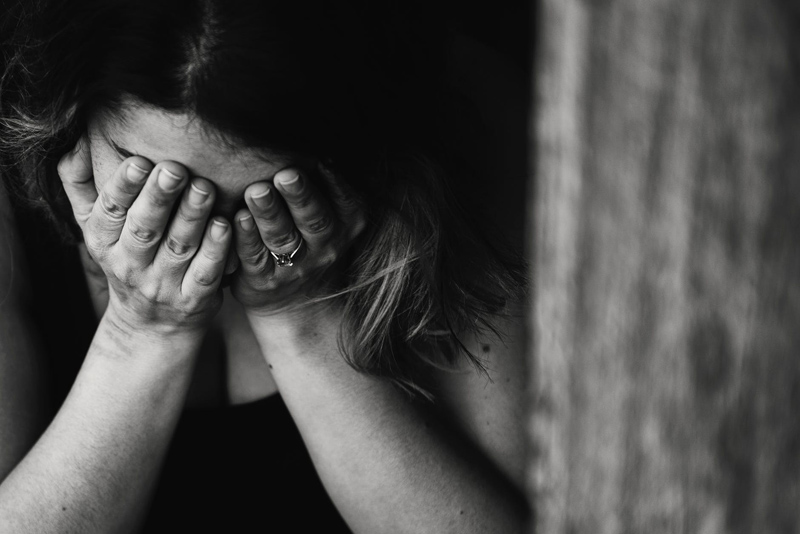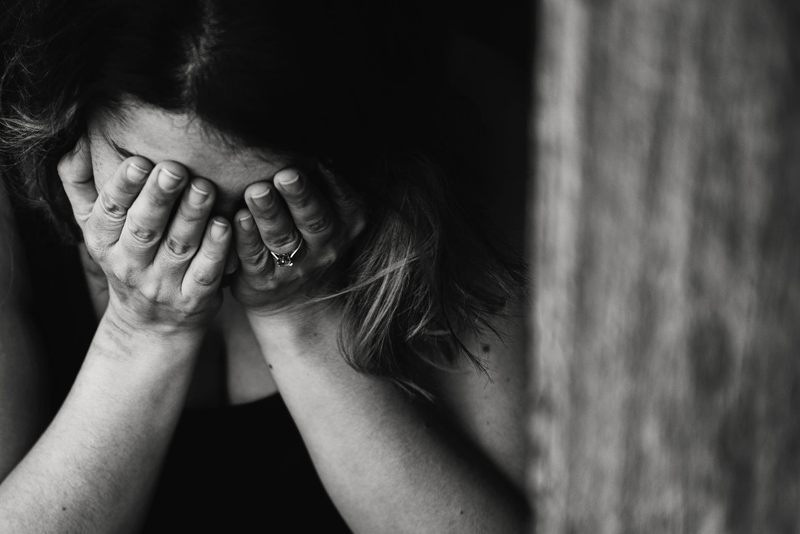Child Maltreatment - Child Abuse Statistics

Child Protective Services (CPS) are responsible for investigating all allegations of child abuse and neglect received when a concerned citizen, family member or a mandated reporter makes a report or places a hotline call alleging that a child or children are being neglected or abused. The Center for Disease Control (CDC) website reports that in 2011, CPS agencies on both the state and local levels received over “3.7 million referrals” or reports of child maltreatment. Out of the 3.7 million referrals received, “CPS estimates that 681,000 children (9.1 per 1,000)” were victims of child abuse or neglect.
Out of the 681,000 children identified as child maltreatment victims, CPS reports, “79% were victims of neglect; 18% of physical abuse; 9% of sexual abuse; and 10% were victims of other types of maltreatment including threatened abuse, parent’s drug/alcohol abuse, or lack of supervision.
The reality is authorities believe child abuse and neglect cases are largely underreported and this means the statistics are likely far greater which in itself is staggering. For the record, child maltreatment is the phrase used by the CDC to encompass all types of child abuse and neglect. All statistics reported are from the CDC dot Gov website, and are for the year 2011. These are child maltreatment cases occurring and reported in the United States.
Let us play a game called, “Did you know”?
Did you know that on average 35% of child maltreatment victims are under the age of three years?
Did you know that infants under one year of age are at the greatest risk of becoming victims of child abuse?
Did you know that CPS estimates that “21.2 children out of every thousand are victims of child maltreatment” and that “boys account for 8.7% of the abuse while girls account for 9.6%?
Did you know that for every 1,000 children abused or neglected in the United States that “14.3 for African Americans, 11.4 for American Indian/Alaska Natives, 8.5 for Pacific Islanders, 8.6 for Hispanics, 7.9 for non-Hispanic Whites, and 1.7 for Asians”?
Did you know that approximately “1,750 children died from child maltreatment” averaging out to a “rate of 2.1 per 100,000 children”?
Did you know that from the 1,750 children who died in 2011, “71% experienced neglect either exclusively or in combination with another form of maltreatment and 48% percent experienced physical abuse either exclusively or in combination with another form of maltreatment”?
Did you know that the “rates of death per 100,000 children was 3.9 for African Americans, 2.6 for American Indian/Alaska Natives, 1.9 for Hispanics, 1.6 for non-Hispanic Whites, 1.2 for Pacific Islanders and 0.4 for Asians”?
Did you know parents are 80.8% more likely to hurt a child compared to anyone else when it comes to child maltreatment?
Do these statistics surprise or anger you? They do me.
Has there ever been a time where you suspected or knew a child was neglected or abused and did nothing because...
You knew the parent.
You were afraid that you were wrong.
You could not report a family member.
You feared retaliation.
You were afraid you were reading too much, into what you saw.
You did not know how to report suspected child abuse or neglect.
You did not know you could remain anonymous when making a report of child maltreatment.
If you suspect child abuse or neglect, you may make a report and remain anonymous by calling the National Child Abuse Hotline at 1-800-4-A-CHILD or 1-800-422-4453. Crisis Counselors Available 24/7 and you do not have to provide your name, unless you are a mandated reporter. Please help a child today and call if you know a child who is a victim of child maltreatment. Children depend on adults to watch out and care for them, and if the adults in a child’s life fail them, who will help them?
Out of the 681,000 children identified as child maltreatment victims, CPS reports, “79% were victims of neglect; 18% of physical abuse; 9% of sexual abuse; and 10% were victims of other types of maltreatment including threatened abuse, parent’s drug/alcohol abuse, or lack of supervision.
The reality is authorities believe child abuse and neglect cases are largely underreported and this means the statistics are likely far greater which in itself is staggering. For the record, child maltreatment is the phrase used by the CDC to encompass all types of child abuse and neglect. All statistics reported are from the CDC dot Gov website, and are for the year 2011. These are child maltreatment cases occurring and reported in the United States.
Let us play a game called, “Did you know”?
Did you know that on average 35% of child maltreatment victims are under the age of three years?
Did you know that infants under one year of age are at the greatest risk of becoming victims of child abuse?
Did you know that CPS estimates that “21.2 children out of every thousand are victims of child maltreatment” and that “boys account for 8.7% of the abuse while girls account for 9.6%?
Did you know that for every 1,000 children abused or neglected in the United States that “14.3 for African Americans, 11.4 for American Indian/Alaska Natives, 8.5 for Pacific Islanders, 8.6 for Hispanics, 7.9 for non-Hispanic Whites, and 1.7 for Asians”?
Did you know that approximately “1,750 children died from child maltreatment” averaging out to a “rate of 2.1 per 100,000 children”?
Did you know that from the 1,750 children who died in 2011, “71% experienced neglect either exclusively or in combination with another form of maltreatment and 48% percent experienced physical abuse either exclusively or in combination with another form of maltreatment”?
Did you know that the “rates of death per 100,000 children was 3.9 for African Americans, 2.6 for American Indian/Alaska Natives, 1.9 for Hispanics, 1.6 for non-Hispanic Whites, 1.2 for Pacific Islanders and 0.4 for Asians”?
Did you know parents are 80.8% more likely to hurt a child compared to anyone else when it comes to child maltreatment?
Do these statistics surprise or anger you? They do me.
Has there ever been a time where you suspected or knew a child was neglected or abused and did nothing because...
You knew the parent.
You were afraid that you were wrong.
You could not report a family member.
You feared retaliation.
You were afraid you were reading too much, into what you saw.
You did not know how to report suspected child abuse or neglect.
You did not know you could remain anonymous when making a report of child maltreatment.
If you suspect child abuse or neglect, you may make a report and remain anonymous by calling the National Child Abuse Hotline at 1-800-4-A-CHILD or 1-800-422-4453. Crisis Counselors Available 24/7 and you do not have to provide your name, unless you are a mandated reporter. Please help a child today and call if you know a child who is a victim of child maltreatment. Children depend on adults to watch out and care for them, and if the adults in a child’s life fail them, who will help them?

Related Articles
Editor's Picks Articles
Top Ten Articles
Previous Features
Site Map
Content copyright © 2023 by Erika Lyn Smith. All rights reserved.
This content was written by Erika Lyn Smith. If you wish to use this content in any manner, you need written permission. Contact Erika Lyn Smith for details.



